- No products in the cart.
Trombopol tab n / an kish.rastv. 75mg 30 pc
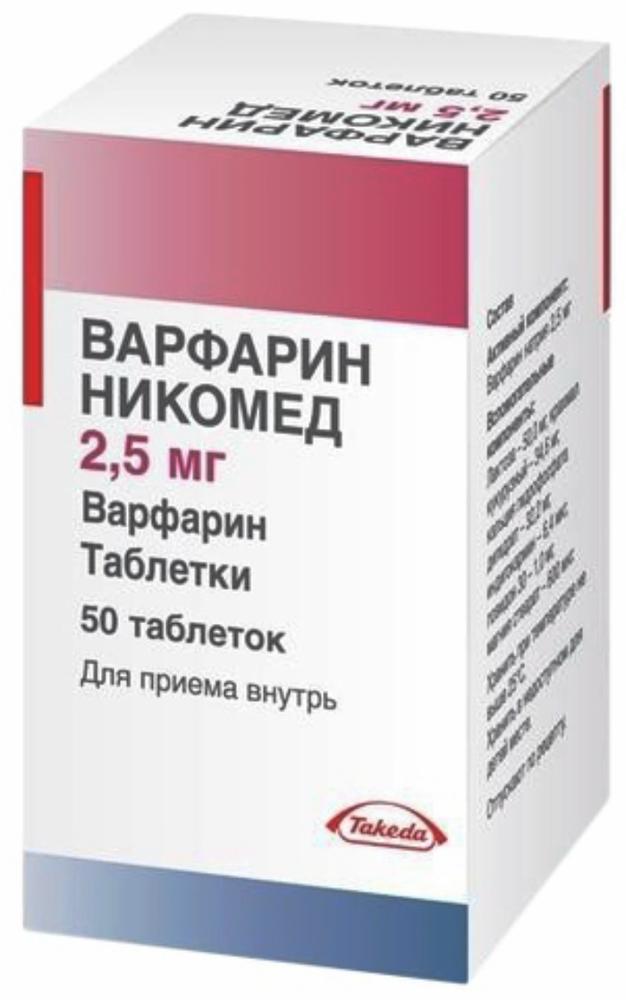
Nycomed Warfarin Valium 2.5 mg fl.plast 50 pc
$2.67
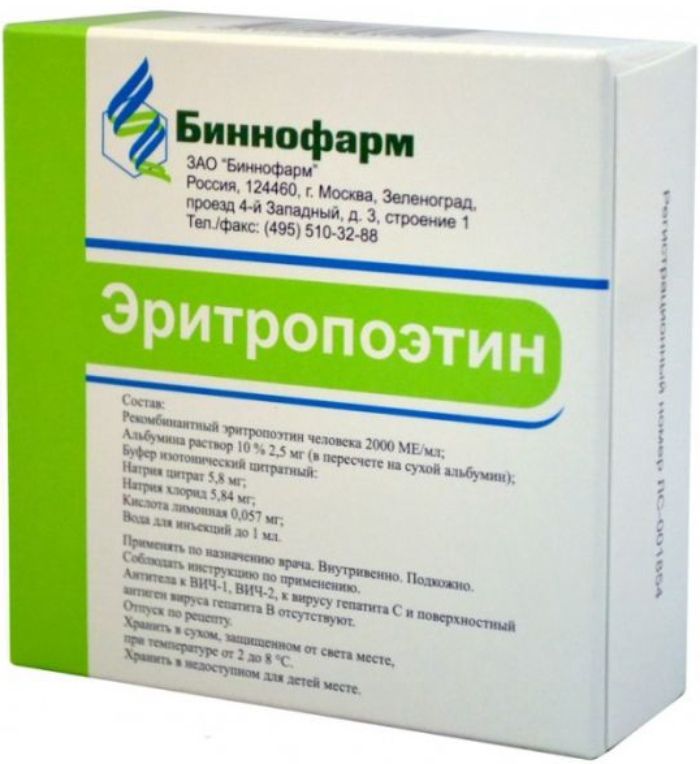
Erythropoietin solution and / I / / n / k 2000me / ml 1ml amp 10 pcs
$195.41
$1.09
Trombopol tab n / an kish.rastv. 75mg 30 pc
SKU: 01317726640 Categories: Blood, Blood thinning, Medicaments Tags: acetylsalicylic acid, QUINACRINE
Description
Composition
Active substance:
1 tablet (75 mg) contains: 75.00 mg of acetylsalicylic acid.
Sheath: 2.00 mg of hypromellose, 0.80 mg of triethyl citrate, Akriliz white (enteric coat): methacrylic acid-ethyl acrylate copolymer [1: 1] 4.75 mg talc 1.19 mg titanium dioxide 1.08 mg Sodium lauryl sulfate 0.04 mg colloidal silicon dioxide 0.07 mg, 0.07 mg of sodium hydrogencarbonate.
Excipients:
1 tablet (75 mg) contains: cellulose 14.50 mg corn starch 9.50 mg sodium carboxymethylstarch (type C) of 1.00 mg.
Description:
The tablets, enteric coated white, round, biconvex.
Product form:
Enteric tablets, film-coated, 75 mg or 150 mg.
10 tablets in blister foil Al / PVC / PVDC.
3, 5 or 6 blisters together with instructions for use placed in a cardboard box.
Contraindications
• Increased sensitivity to acetylsalicylic acid formulation excipients and other NSAIDs; • erosive and ulcerative lesions of the gastrointestinal tract (exacerbation); • gastrointestinal bleeding; • bleeding diathesis; • asthma, induced by intake of salicylates and NSAIDs; combination asthma, recurrent nasal polyposis and paranasal sinuses and intolerance to ASA; • combined use with methotrexate at a dose of 15 mg per week or more; • pregnancy (I and III trimester) and lactation; • the age of 18 years.
Precautions: gout, hyperuricemia, gastric ulcer and 12 duodenal ulcer or gastrointestinal bleeding (in history), renal / hepatic failure, asthma, chronic respiratory diseases, hay fever, nasal polyposis, drug allergy, simultaneous reception methotrexate at a dose less than 15 mg / week, concomitant therapy with anticoagulants, pregnancy (II trimester).
Dosage
75 mg
Indications
• Prevention of acute myocardial infarction in the presence of risk factors (eg, diabetes mellitus, hyperlipidemia, hypertension, obesity, smoking, advanced age), and recurrent myocardial infarction; • unstable angina; • prevention of stroke (including patients with transient ischemic attack); • prevention of transient ischemic attack; • prevention of thromboembolism following surgery and invasive interventions on vessels (e.g., coronary artery bypass grafting, carotid endarterectomy, arterio-venous bypass, angioplasty, carotid arteries); • prevention of deep vein thrombosis and pulmonary embolism and its branches (including in long-term immobilization due to extensive surgery).
Interaction with other drugs
With simultaneous use of ASA enhances the effect of the following medicines: • methotrexate, by reducing renal clearance and displace it from its association with proteins; • heparin anticoagulants due to abnormalities of platelet function and displacement of anticoagulants due to proteins; • thrombolytic agents and platelet aggregation inhibitors (ticlopidine); • digoxin, due to the reduction of its renal excretion; • hypoglycemic agents (insulin and sulfonylurea derivatives), due to the hypoglycemic properties of the ASA in high doses and displacement of sulfonylurea derivatives association with proteins; • valproic acid due to displacement of its association with proteins; • NSAIDs; • sulfonamides (including co-trimoxazole); • barbiturates; • lithium compounds.
An additive effect is observed while taking ASA with alcohol.
ASA reduces the effect of: • protivopodagricakih drugs that increase uric acid excretion (probenecid, sulfinpyrazone, benzbromarone) due tubular competitive elimination of uric acid; • antihypertensive agents including angiotensin-converting enzyme; • aldosterone antagonists (e.g., spironolactone); • «loop” diuretics (e.g., furosemide);
Leveraging the elimination of salicylates, systemic steroids weaken their effect.
Overdose
The first symptoms of acetylsalicylic acid overdose are nausea, vomiting, tinnitus and tachypnea.
There may also be symptoms such as hearing loss, visual disturbances, headache, motor excitation, drowsiness, seizures, hyperthermia. In severe intoxication can occur disturbance of acid-base and water-electrolyte balance (metabolic acidosis and dehydration).
Mild and moderate symptoms of intoxication developed after application of acetylsalicylic acid in a dose of 150-300 mg / kg. Symptoms develop severe overdosing at a dose of 300-500 mg / kg.
Potentially lethal dose ASA is more than 500 mg / kg.
Treatment: the specific antidote is available.
In the case of an overdose of aspirin necessary: • cause vomiting and stomach wash (to reduce the absorption of the drug). These steps have the effect within 3-4 hours after dosing and, in case of receiving a very large doses – up to 10 hours; • to reduce the absorption of ASA must take activated charcoal as an aqueous suspension (dose for adults – 50-100 g, for children – 30-60 g); • you must carefully observe the violation of water-electrolyte balance and replenish it; • to accelerate excretion via the kidneys and ASA in treating acidosis must enter intravenously sodium bicarbonate. It is necessary to maintain the pH in the range 7.0-7.5; • In extremely severe intoxication necessary to carry out hemodialysis or peritoneal dialysis; • in connection with the development of respiratory acidosis is forbidden to take drugs that suppress the central nervous system, such as barbiturates; • patients with impaired respiratory necessary to ensure airway patency and oxygen access. If necessary, perform intratracheal intubation and to provide ventilation.
pharmachologic effect
Pharmacological group:
Nonsteroidal anti-inflammatory drug (NSAID).
Pharmacodynamics:
The basis antiplatelet action of acetylsalicylic acid mechanism is irreversible inhibition of cyclooxygenase (COX-1), resulting in blocked synthesis of thromboxane
A2 and inhibited platelet aggregation. Antiplatelet effect develops even after the application of low doses of drug and continued for seven days after a single dose. These properties of acetylsalicylic acid used in the prevention and treatment of myocardial infarction, coronary heart disease, complications of varicose veins.
Acetylsalicylic acid (ASA) as anti-inflammatory, antipyretic and analgesic action.
The tablets are enteric TROMBOPOL® shell through which dissolve and release the active substance in the more alkaline environment of the duodenum, reducing the irritant effect of acetylsalicylic acid on the gastric mucosa.
Pharmacokinetics:
The absorption of acetylsalicylic acid from tablets, enteric-coated, begins 3-4 hours after the administration of the drug, confirming that the sheath effectively blocks the dissolution of the drug in the stomach.
The maximum concentration observed after about 2-3 hours in the plasma and an average 12.7 mcg / ml for 150 mg tablets and 6.72 ug / ml for 75 mg tablets.
The presence of food in the gastrointestinal tract slows down the absorption of the drug.
The rate of systemic absorption (AUC) was 56.42 mcg x h / ml for 75 mg tablets, and 108.08 g x hr / mL for 150 mg tablets.
Distribution
Acetylsalicylic acid is rapidly and substantially penetrates into most tissues and body fluids.
The relative distribution of about 0.15-0.2 l / kg and at the same time increases with increasing serum concentration of the drug. The degree of coupling of the drug to plasma proteins is concentration dependent; decreases along with the decrease of the concentration in healthy individuals.
In renal failure, pregnancy and neonatal salicylates may displace bilirubin from its association with albumin, and promote the development of bilirubin encephalopathy.
Metabolism
Acetylsalicylic acid is partially metabolized in the absorption time. This process occurs under the influence of enzymes, mainly in the liver with metabolites such as phenyl salicylate, and salicylate glucuronide salitsilurovoy acid detectable in many tissues and urine.
In women, the process of metabolism is slower (lower activity in serum enzymes).
breeding
The half-life (T 1/2) of acetylsalicylic acid from the plasma is about 15 20 minutes.
Unlike other salicylates, when multiple dose preparation negidrolizirovannaya acetylsalicylic acid does not accumulate in the serum.
Only 1% of an oral dose of acetylsalicylic acid excreted by the kidneys in the form negidrolizirovannoy acetylsalicylic acid, the remaining part is output as salicylates and their metabolites.
In patients with normal renal function 80-100% of a single dose of the drug is excreted by the kidneys within 24-72 hours.
Pregnancy and breast-feeding
Pregnancy
The use of salicylates in the I trimester of pregnancy leads to the development of splitting the upper palate, heart defects; in the III trimester causes inhibition of labor, premature closure of the ductus arteriosus in the fetus, increased bleeding in the mother and the fetus, but the appointment may directly before birth cause intracranial hemorrhage, especially in preterm infants – the use of salicylates in this trimester is contraindicated.
In the II trimester of pregnancy salicylates can be given only on the basis of strict risk assessment and benefit.
Use during lactation
Salicylates and their metabolites in small amounts into breast milk. Accidental intake of salicylates during lactation is not accompanied by the development of adverse reactions in children and does not require stopping breastfeeding. However, long-term use of the drug or the appointment of his high-dose breast-feeding should be discontinued immediately.
Conditions of supply of pharmacies
Without recipe.
side effects
Gastrointestinal tract: nausea, heartburn, vomiting, pain in the abdomen, diarrhea, ulceration of the mucous membrane of the stomach and duodenum, including perforation, gastrointestinal bleeding, increased activity of “liver” enzymes.
Respiratory system: bronchospasm.
Central nervous system: dizziness, tinnitus.
hematopoietic system: increased bleeding, anemia (rare).
Allergic reactions: urticaria, angioedema.
special instructions
ASA may provoke bronchospasm and also cause bronchial asthma and other hypersensitivity reactions. Risk factors are the availability of a history of asthma, hay fever, nasal polyposis, chronic diseases of the respiratory system as well as of allergic reactions to other drugs (e.g., skin reactions, pruritus, urticaria).
ASA may cause bleeding of varying severity during and after surgery. The drug should be discontinued for 5-7 days prior to the proposed transaction.
The combination of ASA with anticoagulants, thrombolytic drugs and platelet aggregation inhibitors is accompanied by an increased risk of bleeding.
ASA in low doses can trigger the development of gout in predisposed individuals (with a reduced excretion of uric acid).
The combination of ASA with MTX accompanied by increased incidence of side effects of hematopoiesis.
High doses of ASA have a hypoglycemic effect, it is necessary to bear in mind when assigning it to patients with diabetes receiving hypoglycemic agents.
When combined appointment of glucocorticosteroids (GCS) and salicylates should be remembered that during treatment the level of salicylates in the blood is reduced, and after discontinuation of corticosteroids possible overdose of salicylates.
ASA is not recommended to mix the ibuprofen, since it reduces the effectiveness of the drug
TROMBOPOL® and, therefore, may reduce life expectancy.
Exceeding the dose ASA carries a risk of gastrointestinal bleeding.
When combined with ethanol ACK increased risk of damage to the mucous membrane of the gastrointestinal tract and prolongation of bleeding time.
Overdose is especially dangerous in the elderly. Patients older than 65 years because of reduced kidney performance and more frequent occurrence of adverse reactions from the gastrointestinal tract should take ASA in smaller doses.
Impact on the ability to focus and speed of psychomotor reactions
Information about the negative impact on the ability to drive a car or operate machinery is not.
Storage conditions
In a dry, dark place at a temperature not higher than 25 ° C.
Keep out of the reach of children.
Dosing and Administration
The tablets should be taken regardless of the meal is not liquid, with a small amount of water.
The preparation is intended for long term use. The duration of therapy is determined by the doctor.
Prophylaxis with suspected acute myocardial infarction: 75 mg or 150 mg per day.
Prevention of new-onset of acute myocardial infarction in the presence of risk factors: 75 mg or 150 mg per day.
Prophylaxis of recurrent myocardial infarction. Unstable angina. Prevention of stroke and transient ischemic attack. Prevention of thromboembolic complications of surgery or invasive investigations: 75 mg or 150 mg per day.
Prevention of deep vein thrombosis and pulmonary artery and its branches 75 mg or 150 mg per day.
Information
Appearance may differ from that depicted in the picture. There are contraindications. You need to read the manual or consult with a specialist
Additional information
| Weight | 0.100 kg |
|---|---|
| Manufacturer | QUINACRINE |

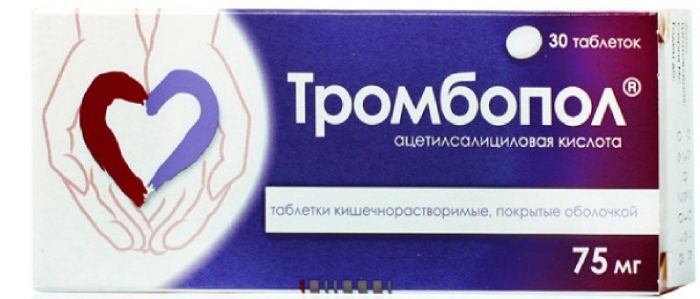
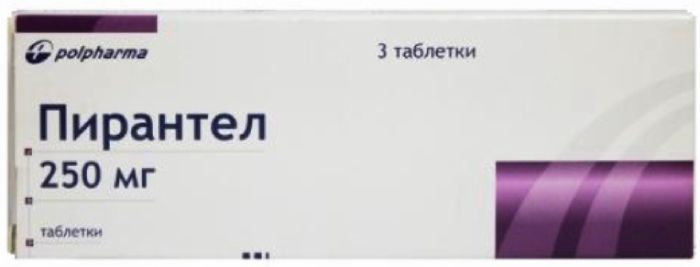
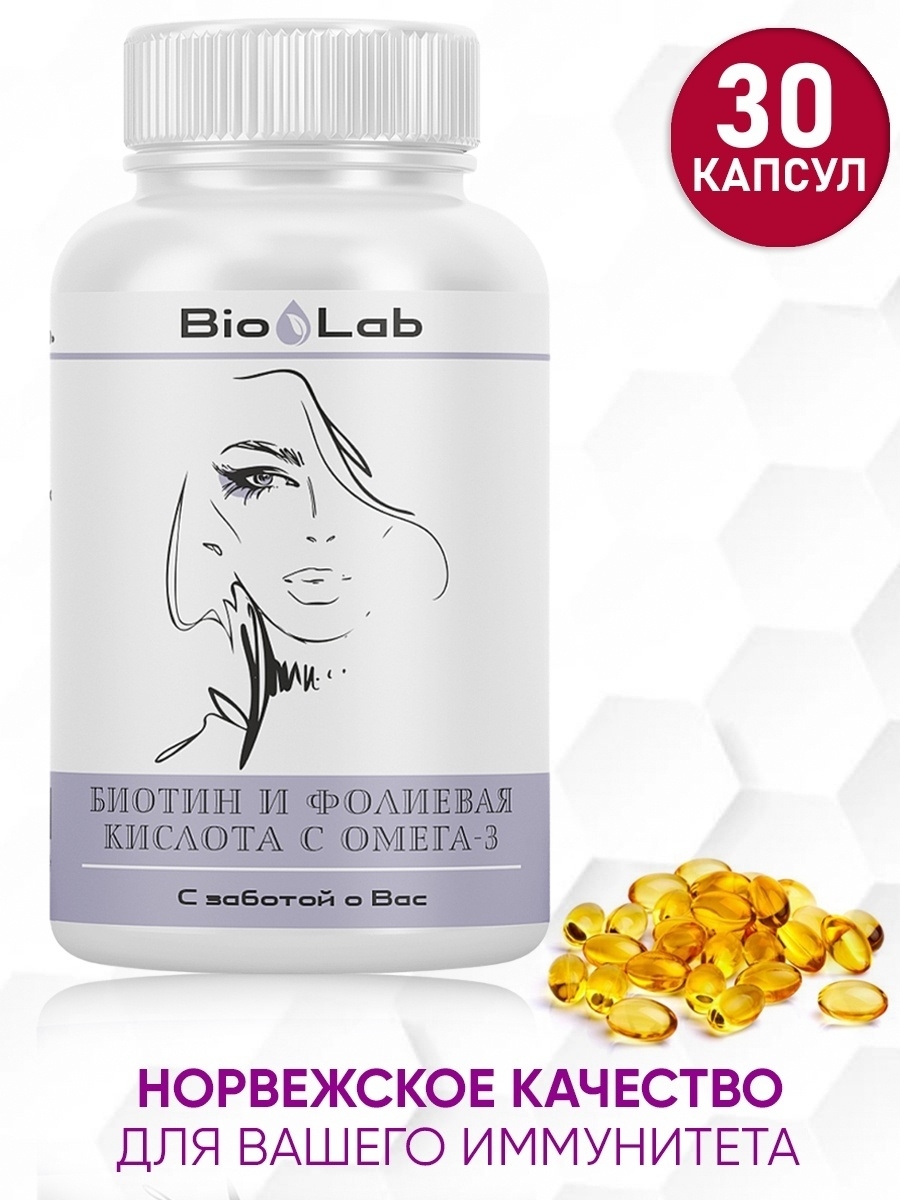
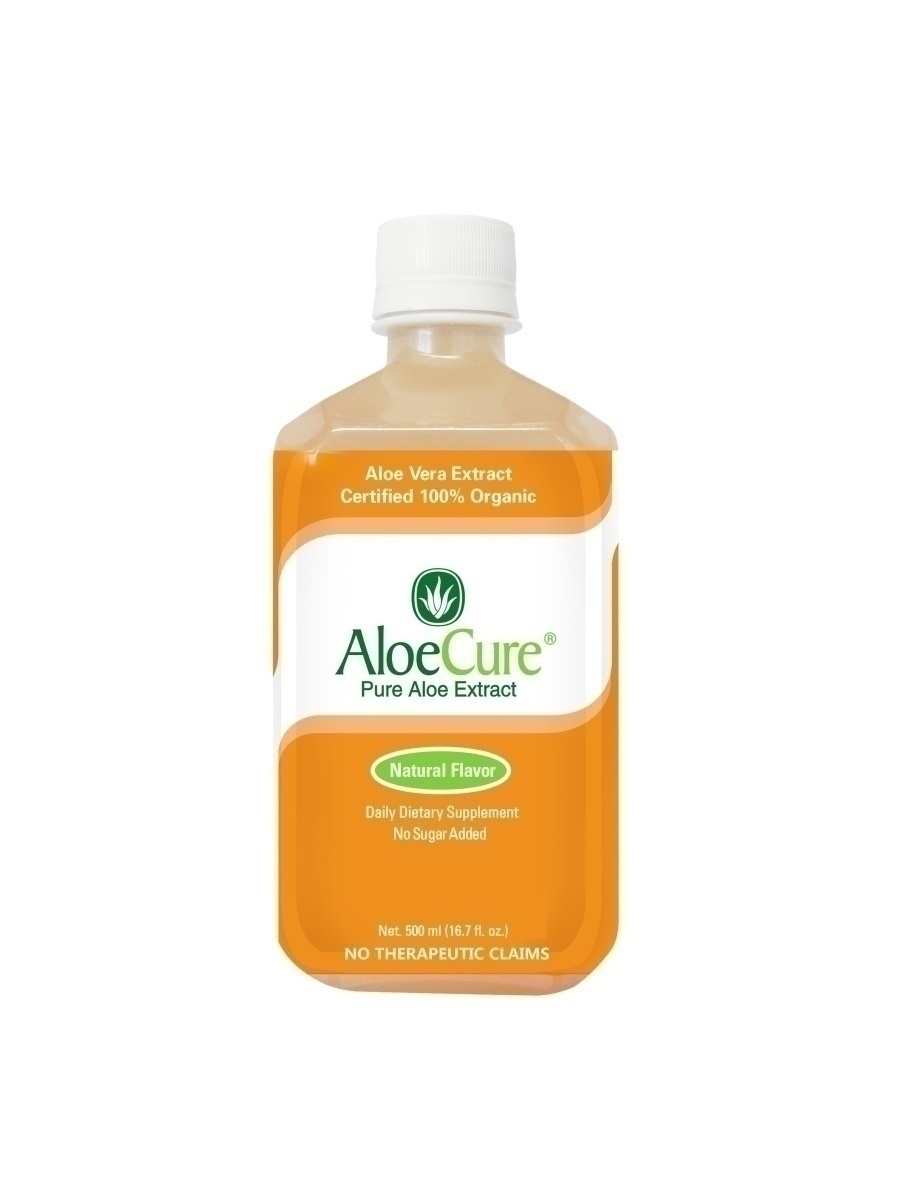
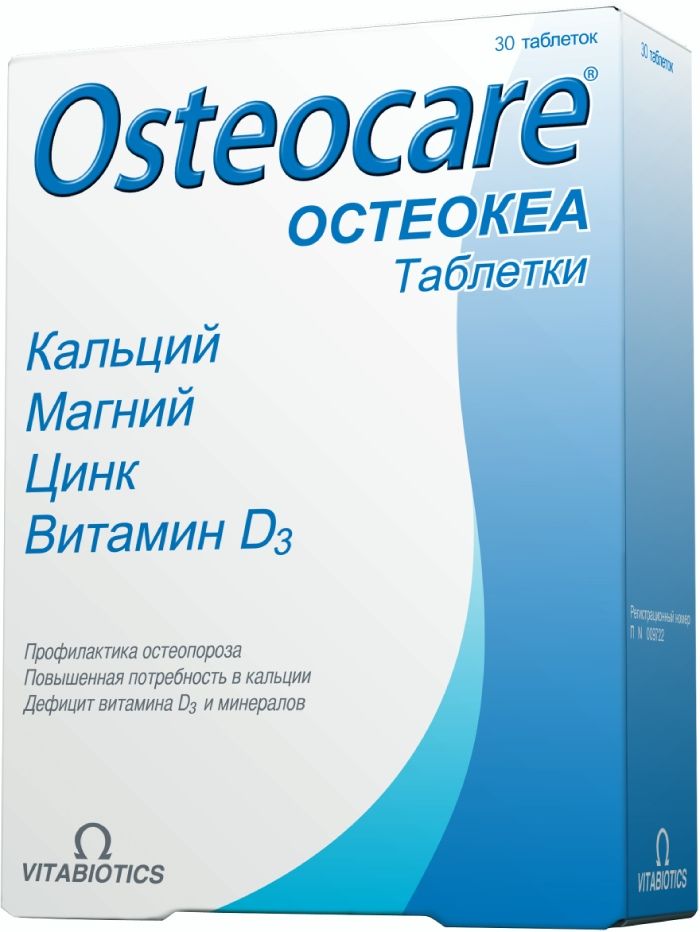
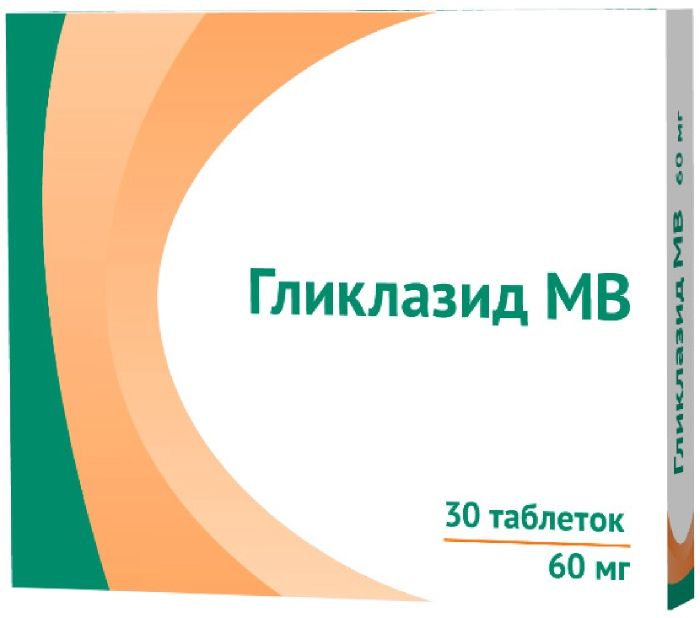
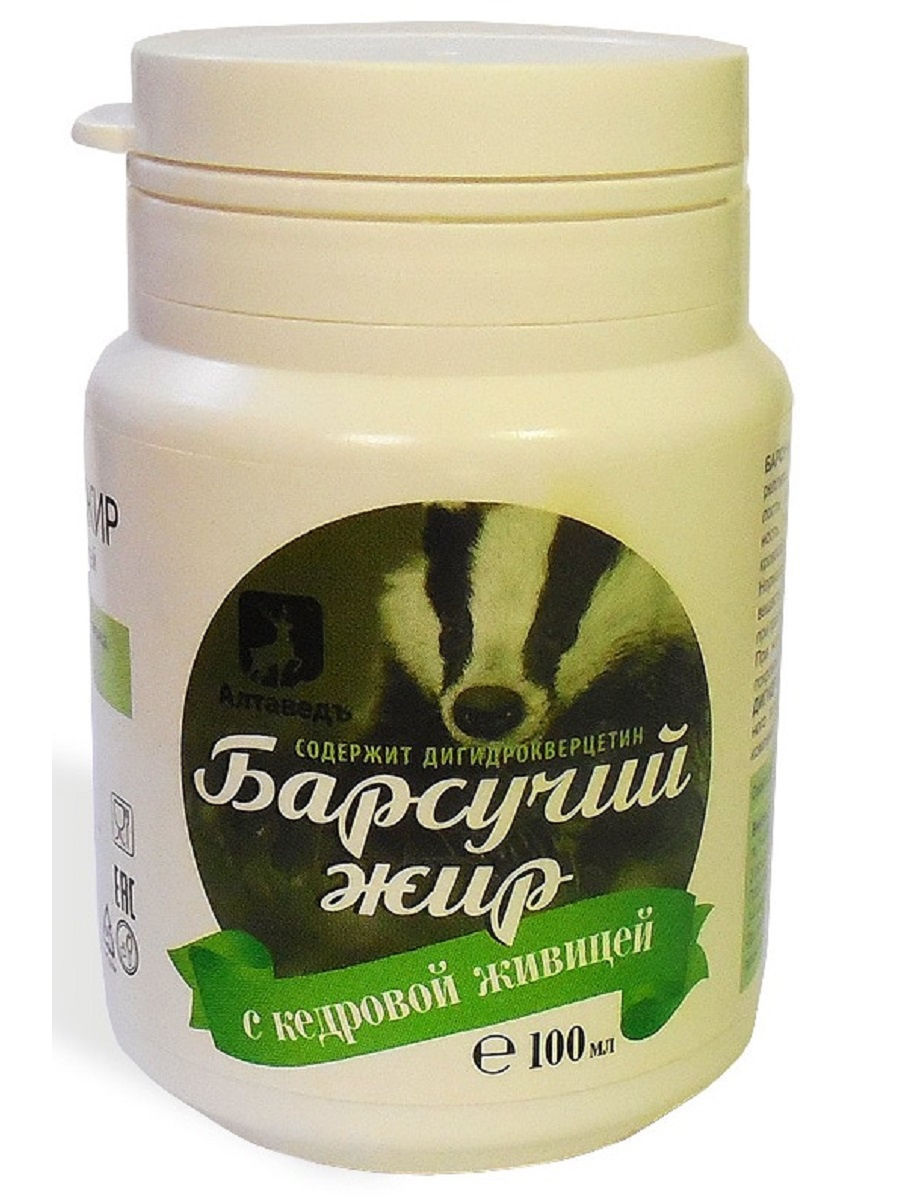




There are no reviews yet.